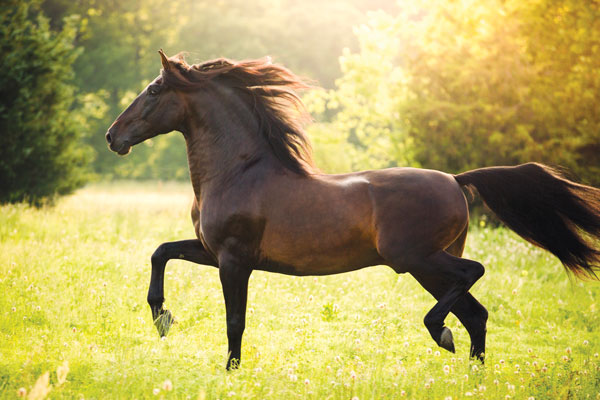
The Andalusian horse breed has no equine match in history. Its likeness can be seen in museums, marble statues, and dark, dramatic oils. Its history includes riders whose names are fixtures in human history: El Cid, Hannibal and William the Conqueror. It bears a resemblance to Pegasus, the winged horse of ancient Greece; was present at the fall of Troy; and bore the Romans as they conquered ancient Europe.
Iberian Origins
Before they were discovered by the world, Spanish horses lived on the Iberian Peninsula for centuries in relative isolation until foreign invaders and their mounts landed on Spanish shores.
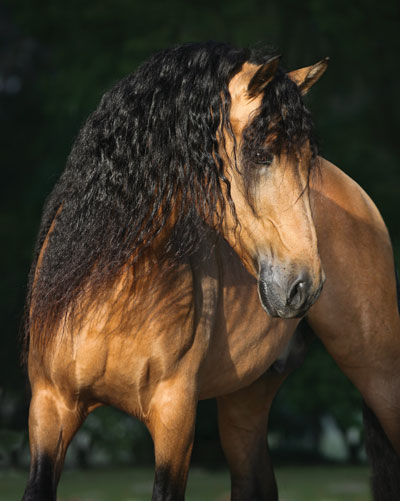
These foreign horses mixed with the native equines, and a new type of Spanish horse evolved. Called the Iberian Horse, the breed is now known as the Andalusian in the U.S., and the Pure Spanish Horse (Pura Raza Española, or P.R.E.) in much of the world.
The early Andalusians developed in the rugged Spanish countryside and became tough and hardy horses, able to withstand hardships. The Spanish soon learned that these same qualities were valuable in a warhorse. The Iberian horse eventually became famous throughout Europe for its superior abilities on the battlefield and became the mount of choice for the Greeks and Romans, as well as by the Carthaginians in the Punic Wars. It wasn’t until the Middle Ages that the Spanish horse was replaced on the battlefield by larger draft and warmblood horses more suited to carrying riders in heavy armor.
Despite its numbers falling dramatically as it was replaced on the battlefield, the Andalusian breed was still treasured by those who appreciated the horse’s grace and athleticism. During the Renaissance, the first military riding schools were created, and the art of dressage was born. Based on the maneuvers of battle, this discipline was perfect for the Andalusian. The breed revealed a special talent in this sport, one it still holds today.
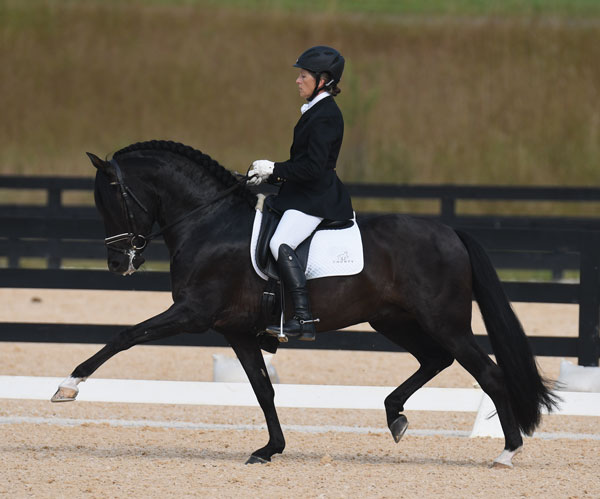
But the Iberian breed was soon to face threats to its very existence. In the 15th century, a series of wars between Spain and other countries caused the Andalusian’s numbers to dwindle.
Centuries later, in the 1800s, a revolt against the Catholic Church, which ran the country’s major stud farms, also took a toll on the Andalusian horse breed. In 1936, another revolution worsened the situation, until eventually there were so few Andalusians left, the governments of Spain and Portugal began restricting exportation of the breed and began an effort to rebuild the Andalusian population. Since then, the breed has experienced a resurgence in Europe, where it now numbers more than 200,000 individual horses.
The Andalusian Horse in America
In its native country, the Andalusian horse breed is protected, with the Spanish military responsible for preserving the purity of the breed. An organization within the Spanish Ministry of Defense, called the Cría Caballar de las Fuerzas Armadas, maintains the country’s studbook. Only approved animals may enter the studbook, and in turn contribute to the breed.
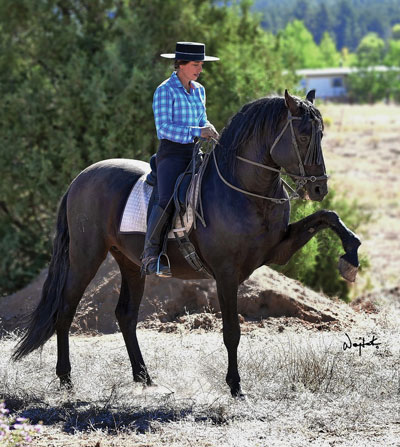
In the United States, the International Andalusian and Lusitano Horse Association (IALHA) is recognized by Spain as the group responsible for maintaining the purity of the Andalusian breed. Any horse registered with the IALHA must trace back to Spanish or Portuguese ancestry. DNA profiling is also used to certify a horse’s parentage before it can be registered.
Twenty years ago, only a few thousand Andalusians were registered in the United States. Today, approximately 11,000 horses of this breed are living in America. Given the magnificence and versatility of the breed, it’s not surprising their U.S. numbers have grown over the decades.
Andalusians are being used in a number of different disciplines in North America, with dressage being the one where they have made the most strides over the past several years. Andalusians are competing successfully at the upper levels of dressage, alongside the warmbloods that have long dominated.
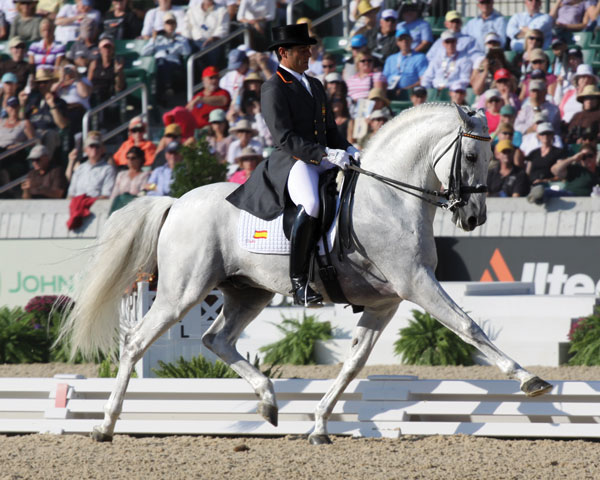
The breed are also popular in the discipline of working equitation, which is taking hold in North America. This sport, which is well known in Europe and South America, calls for both dressage and obstacle work, and is a natural fit for the Andalusian.
Disciplines, where other breeds excel, are also no problem for the Andalusian. Trail, western events, driving, parades, reining, cow work and even endurance are showing up on the breed’s resume.
The Andalusian is blessed with stunning beauty along with its innate talents in many equine disciplines. This special combination will keep the breed’s U.S. population growing for decades to come.
Andalusian Horse Breed Fast Facts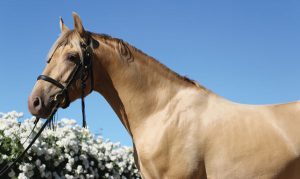 Height: 15 to 17 hands Color: Primarily gray and bay; sometimes seen in brown, black, chestnut, buckskin, cremello, perlino and dun. Overall Appearance: The head has a sub-convex profile; the neck is proportionate with the height and length of the body. The withers are prominent, and the back is almost flat. The loin is short, broad, muscled and somewhat arched. The mane and tail are abundant and silky. Associations: |
This article about the Andalusian horse breed appeared in the April 2020 issue of Horse Illustrated magazine. Click here to subscribe!




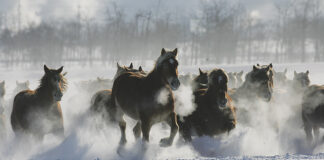


[…] https://www.horseillustrated.com/meet-the-andalusian-horse […]